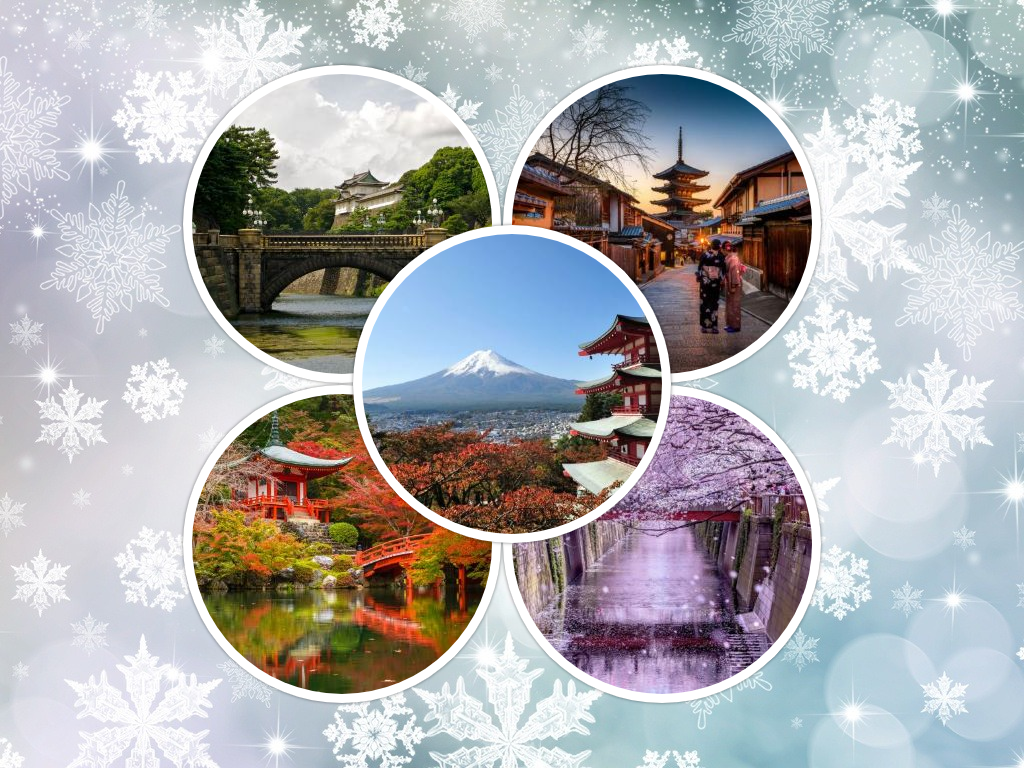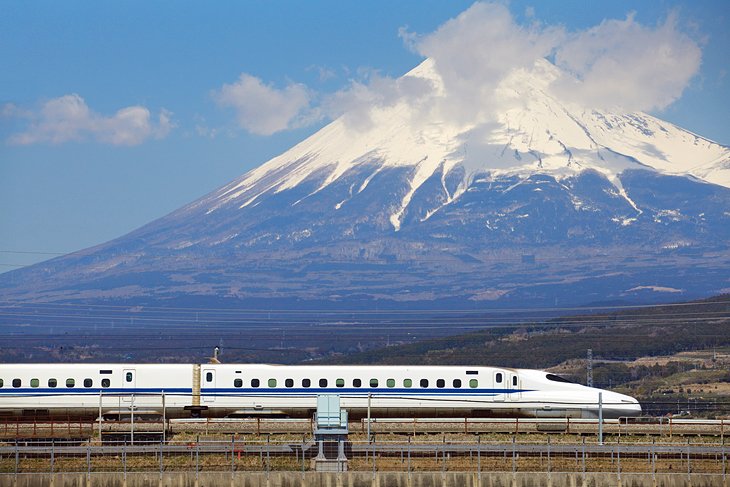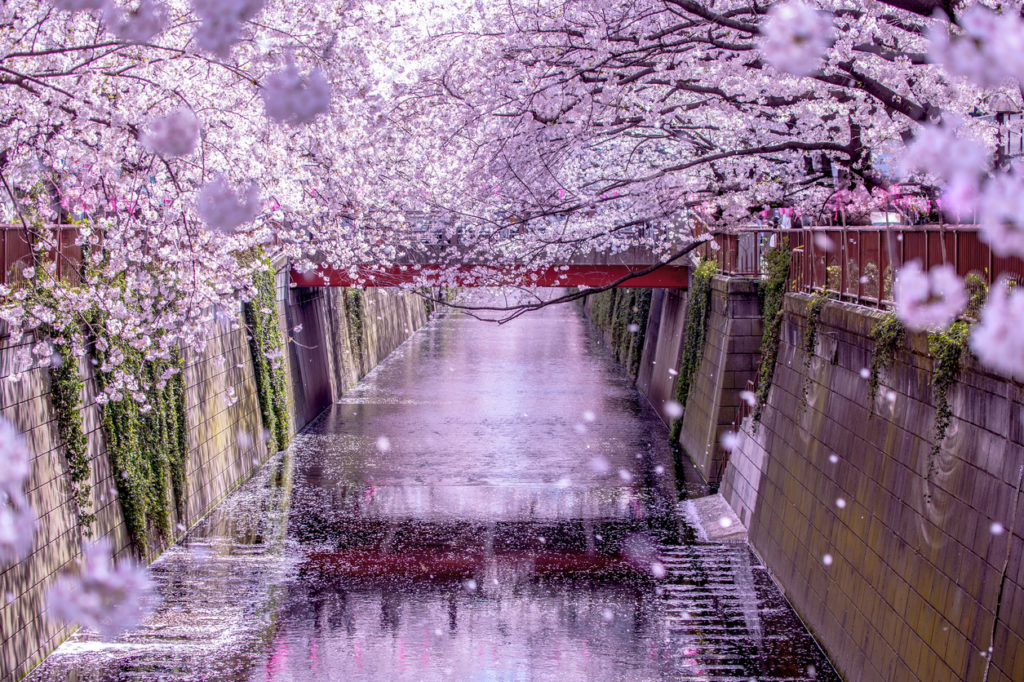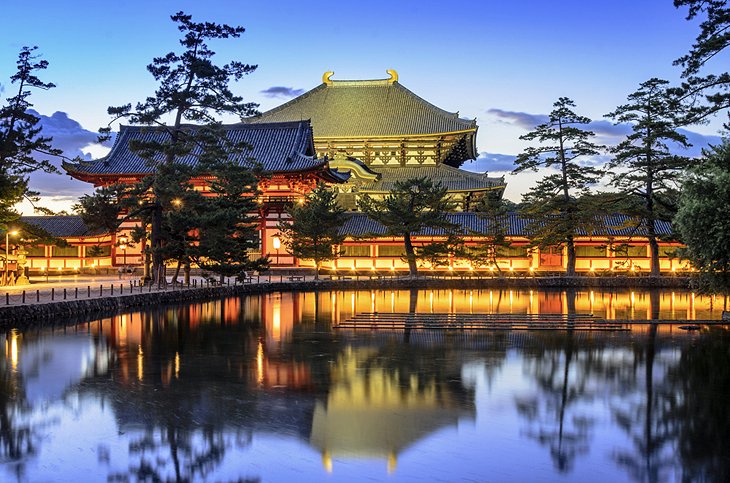

Many first-time visitors to Japan are often surprised to learn that as one of the world's most advanced industrialized nations, this relatively small Asian country also boasts a rich and fascinating history that dates back thousands of years. Indeed, long before many of Europe's most spectacular cathedrals were built, Japan's Shinto and Buddhist temples were already well-established and drawing pilgrims and patrons for their often elaborate designs and décor. At the same time, the country was already perfecting the skills and trades that would set it on the path to riches, from fine porcelains and ceramics to textiles such as silk. Much of this rich tradition has, despite wars and natural devastation, been preserved (or rebuilt), and these days, a visit to Japan is a memorable adventure.
 Without a doubt Japan's most recognizable landmark, majestic Mount Fuji (Fuji-san) is also the country's highest mountain peak, towering 3,776 meters over an otherwise largely flat landscape to the south and east, tall enough to be seen from Tokyo more than 100 kilometers away. Mount Fuji has for centuries been celebrated in art and literature, and is now considered so important an icon that UNESCO recognized its world cultural significance in 2013. Part of the Fuji-Hakone-Izu National Park, Mount Fuji is climbed by more than a million people each summer as an act of pilgrimage that culminates in watching the sunrise from its summit.  Things you must know about cherry blossoms :
 For centuries the hub of Japanese culture, the lovely unspoiled city of Nara is home to a large number of historic buildings, along with important national treasures and works of art. In addition to its many historic streets, the city boasts numerous important old temples, including the magnificent seventh-century Kofuku-ji Temple, and perhaps the best known of the Seven Great Temples of Nara, the splendid eighth-century Todai-ji (Great East Temple), famous for its huge bronze statue of the Great Buddha (Daibutsu), cast here in AD 749. Also of interest in Todai-ji are its Great South Gate (Nandaimon), a two-story structure borne on 18 columns with two Nio statues standing eight meters tall and guarding the temple entrance, and the Hall of the Great Buddha, the world's largest timber building. |